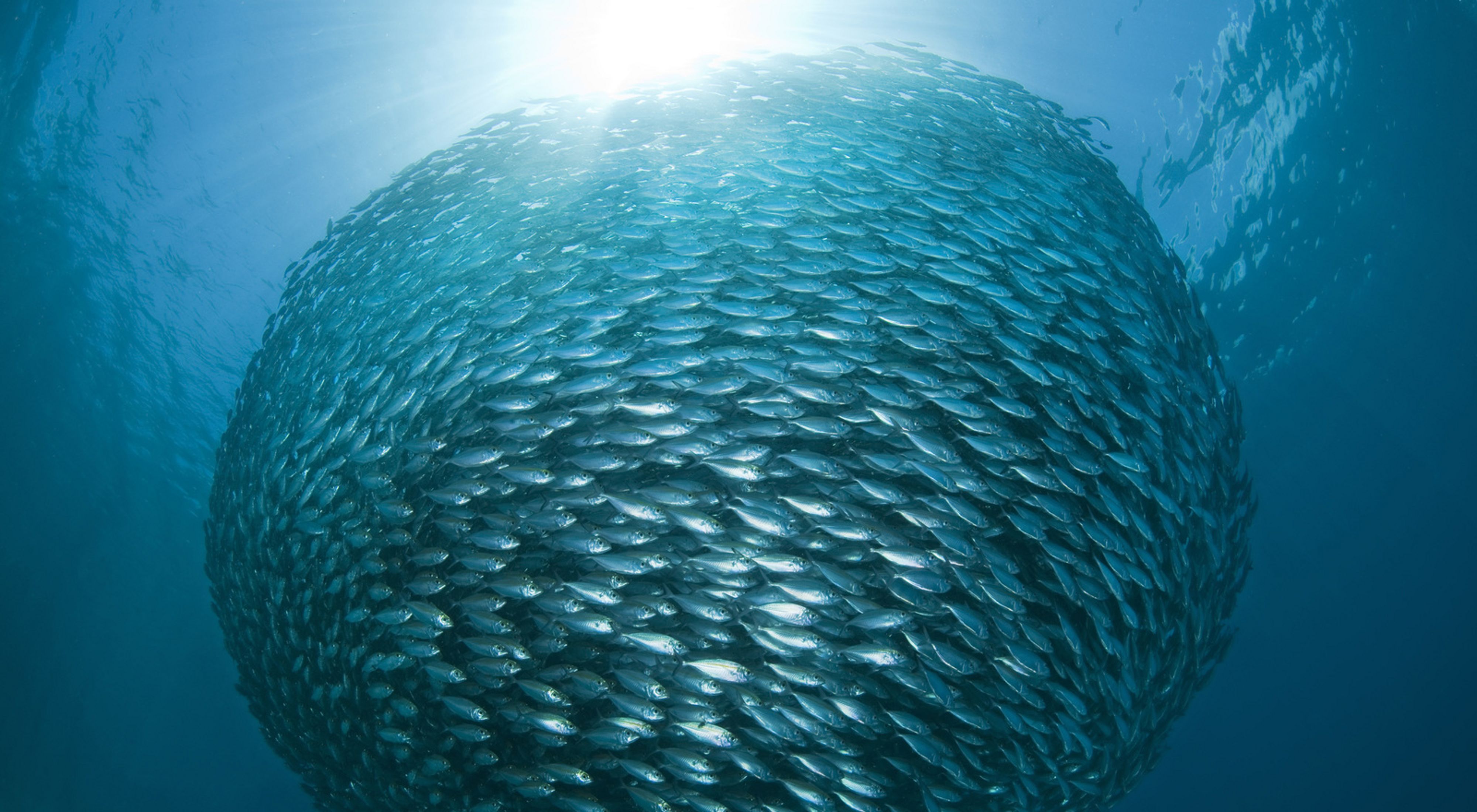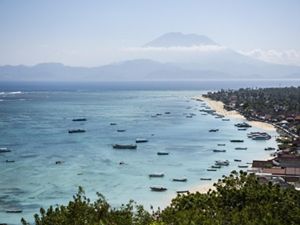At Last, a New Deal for the High Seas
Long-awaited UN treaty marks milestone in our relationship with the open ocean and now requires urgent adoption and ratification at national level.
After more than a decade of negotiations, governments convening in New York City today agreed a landmark United Nations treaty on the conservation and sustainable use of the high seas – those vast areas of open ocean that lie beyond territorial waters and collectively cover nearly half of Earth’s surface. Formal adoption and signing of the treaty text must take place as soon as possible.
Having ended two previous rounds of high-level negotiations in deadlock, finally reaching international agreement on this long-awaited UN High Seas Treaty represents a landmark moment in humanity’s relationship with the ocean.
One of the most significant aspects of the new treaty is how it will enable countries to establish new Marine Protected Areas (MPAs) on the high seas – a crucial step in helping world leaders deliver against the 30x30 global protection target they enshrined in December’s UN Global Biodiversity Framework.
Another important element of the Treaty is its ambition to modernise environmental impact assessments (EIAs) by improving standards and bringing greater consistency to the way countries measure and manage the impact of human activities on the high seas.
Despite these positives, the new agreement also leaves significant scope for improvement. In particular, countries agreed that those existing bodies already responsible for regulating human activities like fisheries, shipping or deep-sea mining can, for now, continue to do so without having to follow the environmental impact standards laid out in the treaty. Nevertheless, over time, the treaty’s new environmental impact assessment requirements will help reform and strengthen the management of these activities too.
Clauses were also included that allow signatory countries to opt out from MPAs established under the agreement in certain circumstances.
Given the declining health of the ocean and the persistent failure of current systems to tackle the issue, these exemptions represent a major loophole.
Commenting on the outcome of the New York meetings, The Nature Conservancy’s ocean policy lead Andreas Hansen said:
“The new High Seas Treaty represents a significant milestone. The ocean has no time to lose so countries must now swiftly adopt and ratify the treaty and use its powers to turn words on a page into benefits for the ocean.
“States must also bring their weight to bear to increase ambition in those bodies that already hold responsibility for managing critical aspects of human activity, such as fishing, on the high seas. To leave them as is means to preserve a system that has proven ineffective for solving the complex problems facing the high seas today.
“We’re therefore calling on member states of these organizations to step up and align their actions with both the scale of the ecological crisis, but also their international obligations under the Paris Agreement and Kunming-Montreal Global Biodiversity Framework.
“A damaging status quo is driving the climate and biodiversity crises facing our world. Armed with the new High Seas Treaty and other key UN policy frameworks, states now have the opportunity to move beyond business-as-usual and into a new, nature-positive era for the relationship between humanity and the ocean that represents our collective life-support system.”
The Nature Conservancy is a global conservation organization dedicated to conserving the lands and waters on which all life depends. Guided by science, we create innovative, on-the-ground solutions to our world’s toughest challenges so that nature and people can thrive together. We are tackling climate change, conserving lands, waters and oceans at an unprecedented scale, providing food and water sustainably and helping make cities more sustainable. Working in more than 70 countries and territories, we use a collaborative approach that engages local communities, governments, the private sector, and other partners. To learn more, visit nature.org or follow @nature_press on Twitter.



